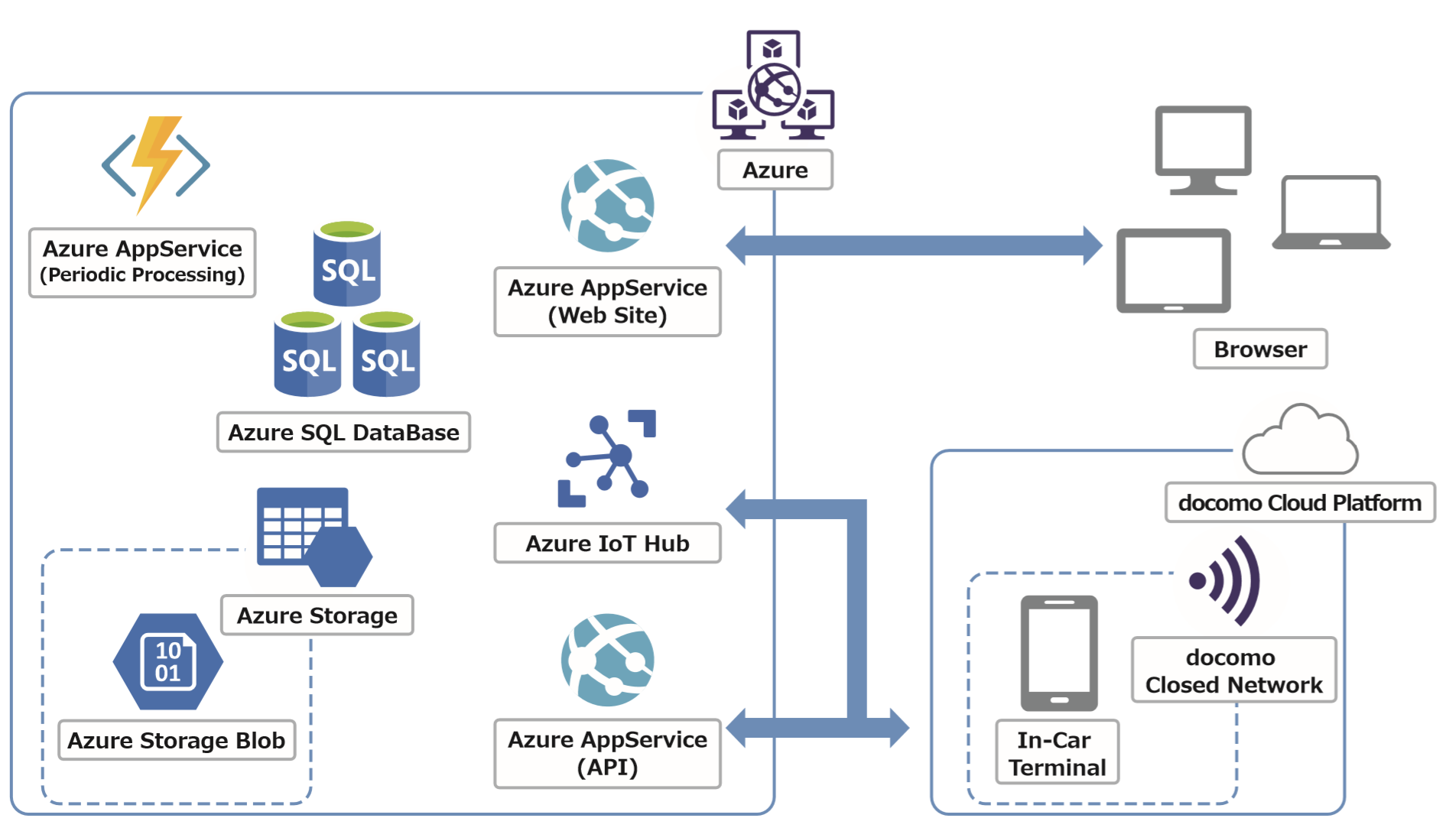
Internet of Things: Clearing snow with help from the cloud
A Japanese city looks to digital technology after a massive winter storm
Deep snow choked the streets of the small city of Kaga after a massive blizzard blasted Japan’s west coast in February 2018. And as daily life came to a frozen standstill, municipal officials soon found themselves overwhelmed – first by an avalanche of ineffectual paperwork and then by a deluge of calls from an inconvenienced public.
“It was a once-in-thirty-year storm,” recalls Mutsumi Taniguchi, who heads civil engineering operations for the city. “Snow removal services were just unable to keep up.”
Kaga City has traditionally relied on outside vendors to carry out its snow plow operations with routes and rosters written down on physical worksheets. But this time the scale of the snowfall dramatically slowed everything down. Plow drivers could not work as fast as planned, and city managers had no reliable real-time way of knowing where each plow was operating and how much progress was being made.
“As a result, we could not respond to inquiries from citizens immediately,” said Taniguchi. “It was massively inconvenient for everybody.”
Eventually, the streets were cleared, and life got back to normal. But city officials realized they needed a better way. So, they turned to the Internet of Things (IoT).
Last April they started looking for a digital system that could manage and coordinate the city’s snowstorm response. They had two main points in mind. Firstly, the successful option would have to be able to locate snowplows with pinpoint accuracy with Global Positioning System (GPS) technology. Secondly, operational reporting would need to be streamlined and in real time.
At the height of last summer, Kaga City called for tenders, and in late September, it announced the winner: SNOPLO I – a platform created by a local company, Hokuryo Denko, and hosted on Microsoft Azure.
One standout feature of SNOPLO I is a closed mobile communications network that is protected from congestion from other communications.
Briefly, it works like this (see diagram below): Impact-resistant smartphones have been fitted in the cabs of every snow plow. These are connected to the cloud via phone provider NTT DOCOMO’s closed network and the Internet, and access services including Azure IoT Hub, Azure SQL Database, Azure Storage, and Azure App Service.

“Development of SNOPLO I actually started in the summer of 2015, and we were initially using the cloud services of another provider,” said Yuya Nagatani, a lead engineer at Hokuryo Denko.
“That pilot system ran on virtual machines. Field tests showed us that managing the virtual machines would create a huge workload and that a lot of time would be spent ensuring security. Also, for a local government to make proper use of the system, we had to reduce costs. Although the system would only be used to manage snowplows in winter, the virtual machines required a fee even in summer.”
Hokuryo Denko then chose Azure as its cloud option.
“It can easily deploy applications you have developed to a production environment using DevOps. Also, using Azure IoT Hub allows you to support many devices and manage data easily. It also allows you to convert to a serverless environment,” said Nagatani.
Kaga’s new snow plow solution is part of a bigger digital strategy for this city whose population of 68,000 is significantly smaller it was a decade ago.
Other provincial Japanese municipalities have been dubbed “disappearing cities” as birth rates drop and residents leave in search of better economic prospects. Mayor Riku Miyamoto wants to make sure that Kaga does not follow that same demographic fate.
He believes technology can play a crucial role in turning around his community’s fortunes by making it a more attractive place to live and work with smart and efficient services along with growing job opportunities.
“Unlike other foreign tech companies, Microsoft is putting efforts into regional revitalization,” he said. “We are aiming to avoid becoming a disappearing city. We want to create a city that is ready for future challenges. If we can collaborate with Microsoft on something in the future, we will definitely welcome the chance.”













